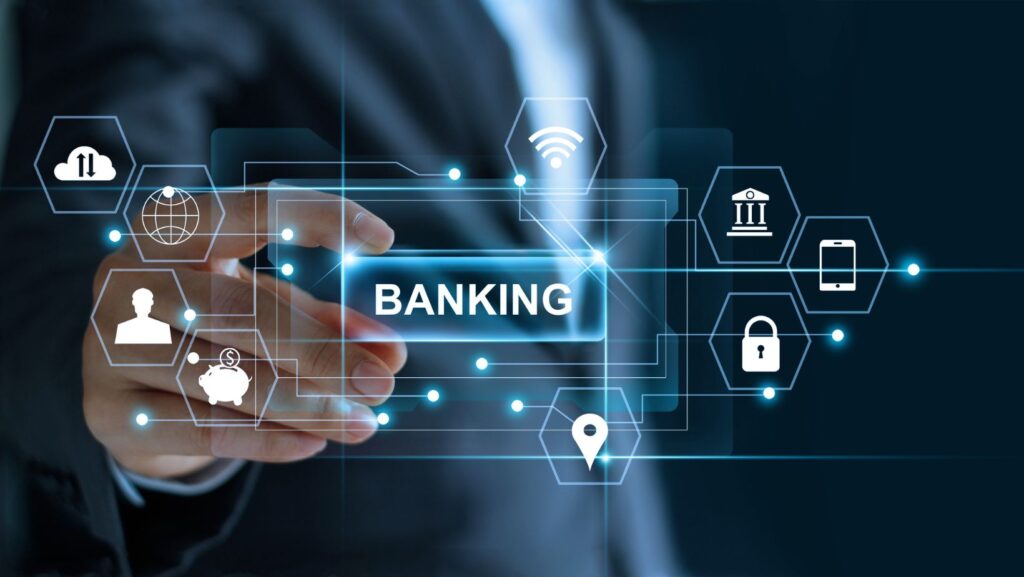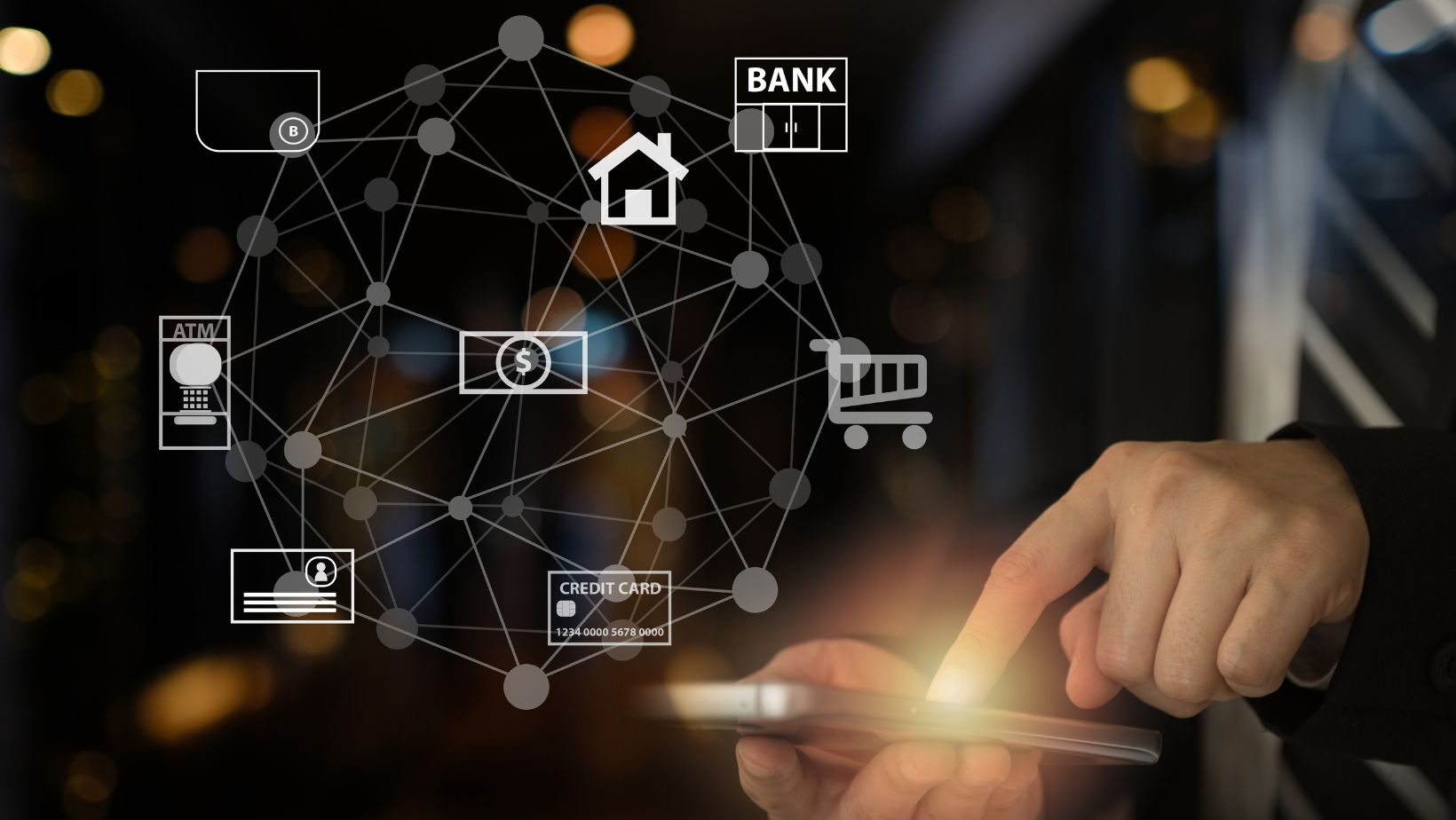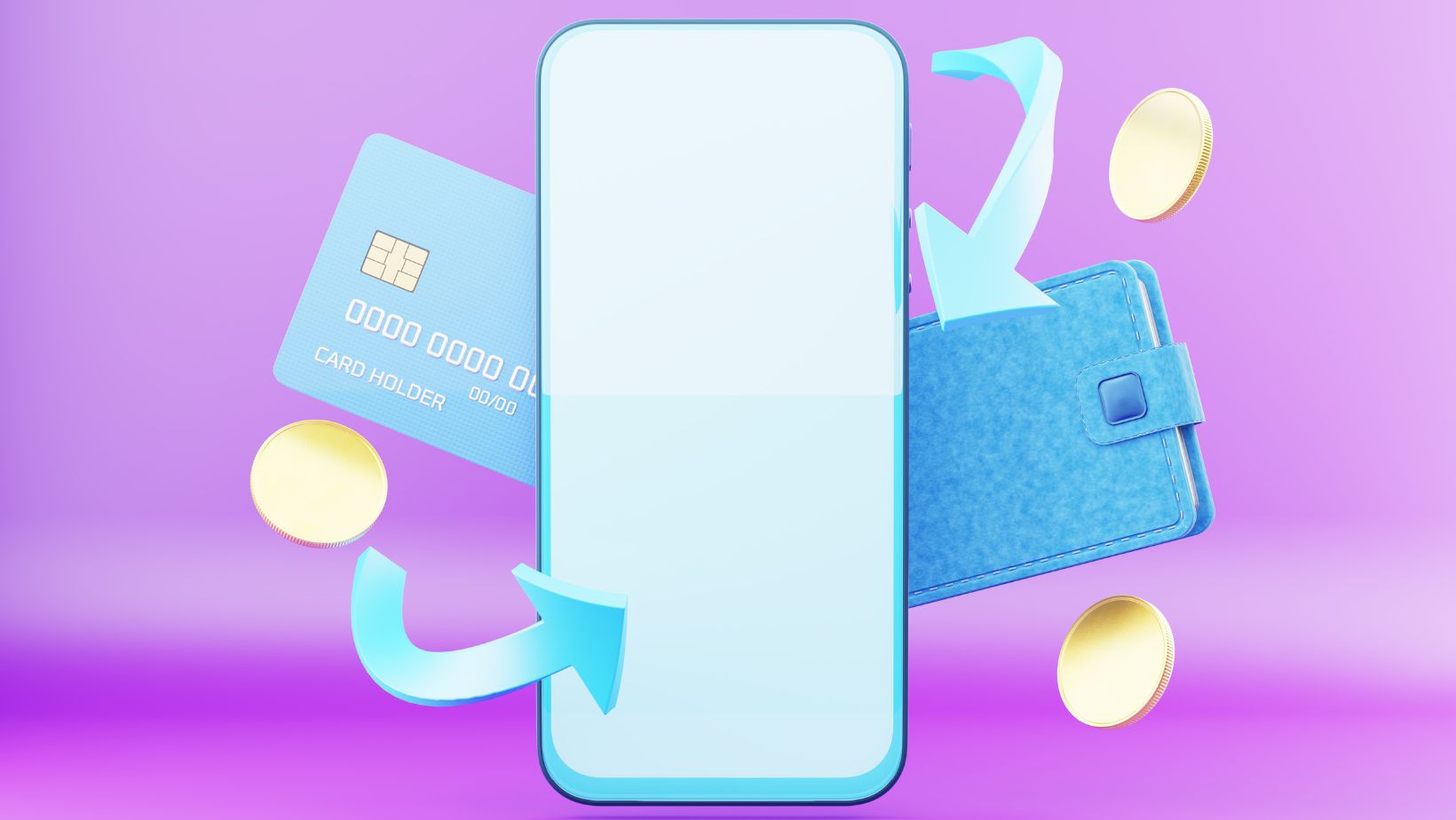
For many years, people have relied on traditional banks with physical branches where they could deposit money, take out loans, or get financial advice. However, a new type of bank is changing the way people manage their money: neobanks. These are digital-only banks that exist entirely online without any physical locations. They offer easy-to-use apps, lower fees, and faster services. They can focus on making banking more affordable and convenient because they don’t have the same costs as regular banks. But can these digital banks completely replace traditional banks, or will both need to find a way to work together?
Lower Costs and Better Deals
One of the biggest reasons people choose neobanks is that they cost less to run. Regular banks have to pay for buildings, employees, and maintenance, which means they often charge more fees to their customers. Neobanks, on the other hand, don’t have physical locations, so they save a lot of money and can offer better deals. Many neobanks have no monthly fees, higher interest rates on savings, and free transactions.

This makes them especially attractive to young people, freelancers, and small business owners who want to avoid unnecessary banking costs.
Banking from Anywhere, Anytime
Neobanks are designed to be used on smartphones and computers, making banking much easier. Instead of visiting a branch, customers can open an account, transfer money, or apply for a loan in just a few minutes through an app. Some neobanks even use artificial intelligence (AI) to provide 24/7 customer support through chatbots. Traditional banks are trying to catch up by improving their mobile apps, but many still require in-person visits for certain services. Since most people now rely on their phones for everyday tasks, it’s no surprise that more customers prefer digital banks that make financial services available anytime, anywhere.
Keeping Money Safe in a Digital World
Even though neobanks offer great convenience, some people worry about security. Since they don’t have physical branches, customers may wonder if their money is safe. Many neobanks partner with traditional banks to make sure deposits are protected, just like in a regular bank. They also use strong security features like encrypted transactions and fraud detection to keep accounts safe. Web application security is an important part of this because it helps prevent hackers from stealing sensitive information.

While security risks exist in both digital and traditional banking, strong protections are in place to keep customers’ money and personal details secure.
The Future of Banking: Will Traditional Banks Survive?
The rise of neobanks has put pressure on traditional banks to modernize. Many established banks are now working to improve their digital services, update their technology, and even create their own digital-only banking options. Traditional banks still have an advantage because they have been around for a long time and have built trust with their customers. Instead of disappearing, they may evolve and work alongside neobanks to offer the best of both worlds: modern digital banking with the reliability of a well-established institution. The future of banking will likely include both neobanks and traditional banks, each playing a unique role in serving customers.







